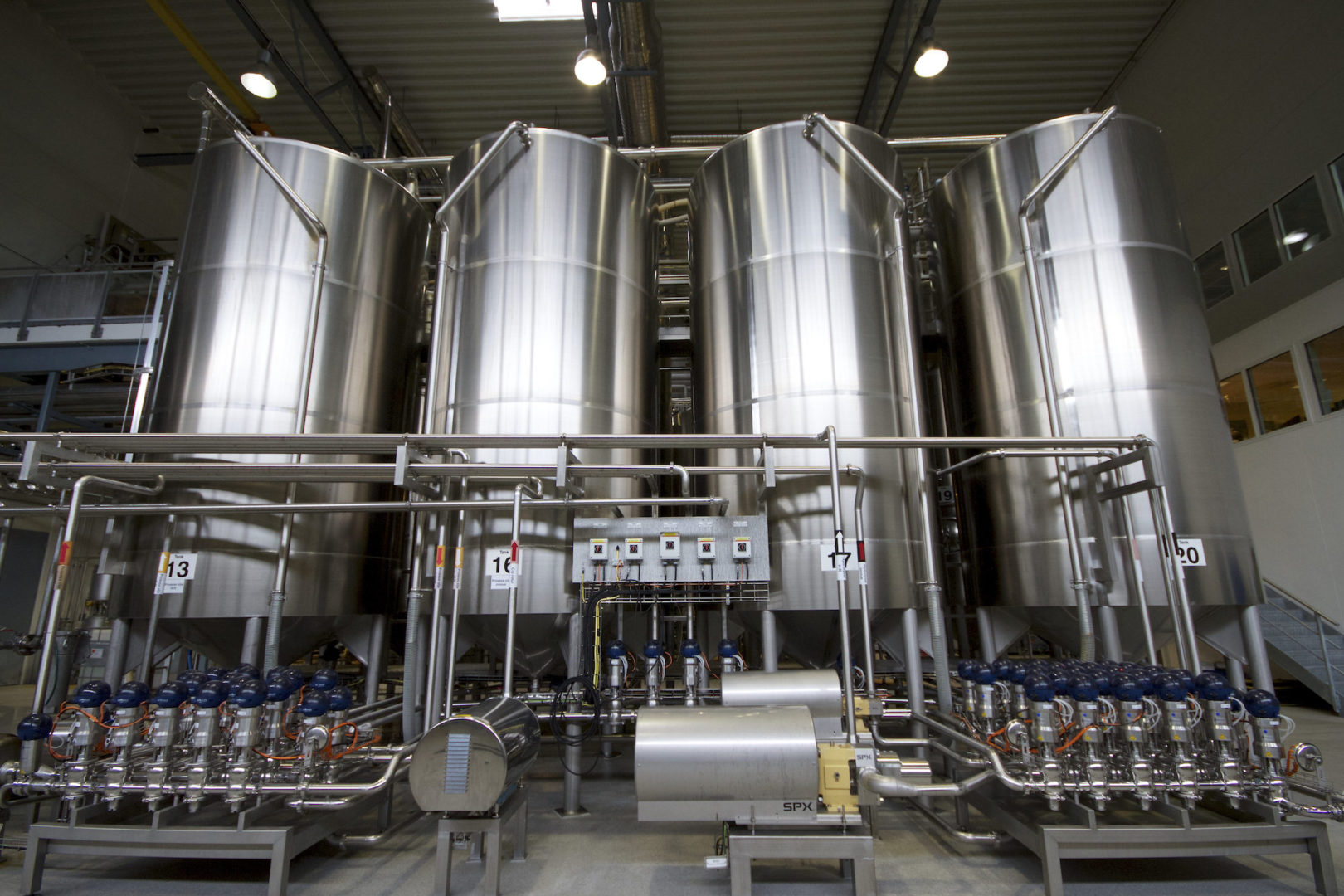We know that current technological processes are often inspired by the intricate functioning of the human body.1 Using these systems as guidance, biomega®’s continuous enzymatic hydrolysis can mimic the gentle efficiencies and methods of action seen in human physiology, particularly the gut. This is opposed to batch-based processing that makes use of a set of ingredients and sequential steps following a pre-defined order to make a single batch.
While both systems can be used successfully in the food industry, continuous enzymatic hydrolysis offers superior handling with benefits during the upcycling of food grade salmon rest raw material. This ‘gentler’ processing system has been proven to keep most of the nutrients in our raw marine assets intact, resulting in product that are easily digestible, and rich in bioavailable nutrients.1
Weighing up the benefits
At biomega®, our patented and unique continuous enzymatic hydrolysis process, which operates 24/7, makes use of non-GMO food grade enzymes to hydrolyse salmon rest raw materials into salmon peptides and oils.
There are several benefits to implementing continuous enzymatic hydrolysis during the processing of high-quality marine assets.
Enzymatic hydrolysis makes use of a biochemical process, with bond cleavage occurring in the presence of enzymes as opposed to acidic hydrolysis where nutrient constituents including tryptophan, asparagine and glutamine can become unstable at a low pH and concomitantly can be decomposed.
This means that continuous enzymatic hydrolysis offers a more stable processing environment with a product that offers consistent quality and yield. Furthermore, improved automation means that the risk of human error is reduced, making it both a cost- and resource-efficient system.
But its biggest benefit is arguably that it enables a ‘gentler’ process resulting in products that offer superior digestibility, bioavailability, and solubility for human and pet health. In addition, tt also limits the risk of batch product variations.
Our biorefineries are situated close to our raw material supply, at Sotra, an island just outside Bergen in Norway and at our new state-of-the-art biorefinery in Hirtshals, Denmark. This means we can effectively reduce our carbon footprint – an ideal solution to ensure resource efficient and sustainable processing at our facilities.
The abundant availability of fresh raw material also means that we can eliminate autolytic deterioration and preserve the nutritional value of our ingredients, including its flavour and aroma.
Upcycling rest streams for product circularity
Did you know that the sea contains about one half of the world’s biodiversity assets? At biomega®, we realise the importance of this incredible nutritional source and how it can feed into our vision of transforming undervalued salmon raw material into premium foods through accelerated biorefining.
To this end, we are fully committed to making full use of previously undervalued food grade Norwegian salmon material during the processing of our products – from sourcing to final product. Turning this food grade rest stream into upcycled, high quality products means that we can meet demand for the 60% of consumers who want to purchase products with a circular approach, and the 95% who want to make optimum use of raw material assets.2
To ensure that we are continually updating our processes, we continue to work closely with global academic institutions, invest in best-in-class technology and continually respond to customers’ needs for traceability and sustainability.
For more information on our sustainable approach to upcycling raw salmon material, contact us today on +47 556 29450.
References:
1Batch Process vs Continuous Process for Food Manufacturers | Tulip
